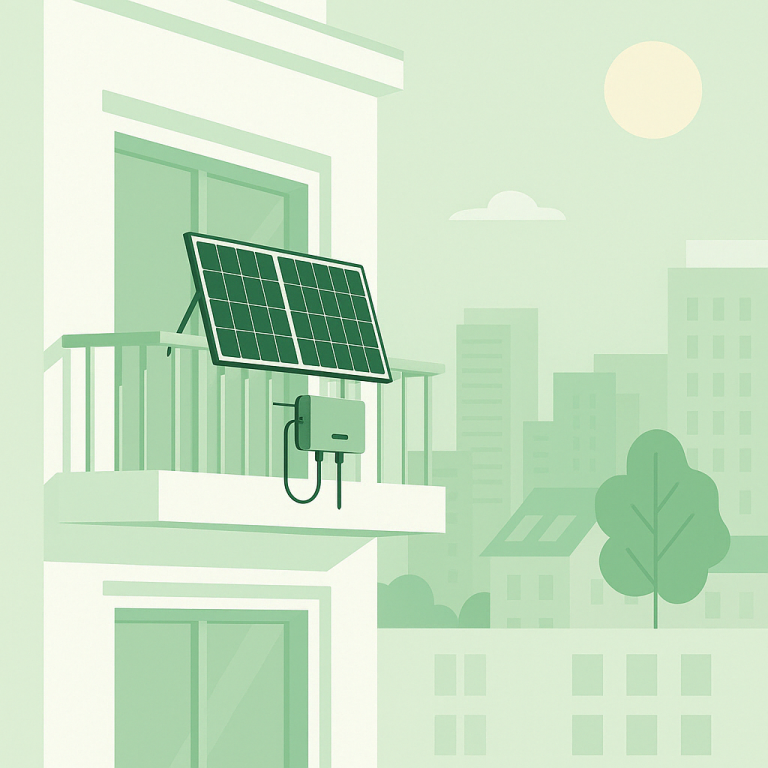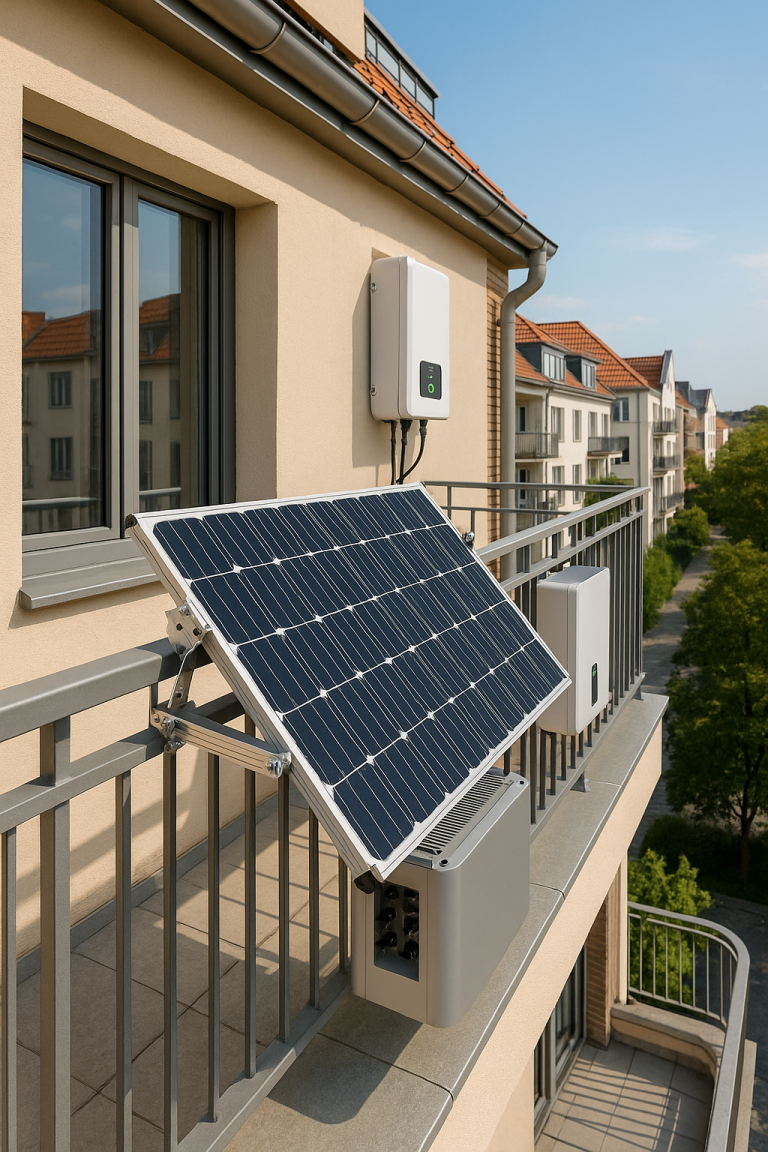1. Introduction
When building a reliable solar power system, many homeowners and professionals focus on solar panels and batteries—but overlook one crucial device: the inverter.
Specifically, the type of inverter can significantly impact the safety, performance, and compatibility of your solar setup. In Europe, where grid standards are strict and household electronics are often more sensitive, pure sine wave inverters are considered the gold standard.
In this guide, we’ll explore:
- What a pure sine wave inverter is
- How it works
- Why it matters for your solar system
- How it compares to other inverter types
- How to choose the right one for your needs
2. What Is a Pure Sine Wave Inverter?
A pure sine wave inverter is an electronic device that converts DC (direct current) electricity from your solar battery or solar panels into AC (alternating current), which is the form of electricity used by nearly all household appliances.
What makes it “pure” is the quality of the waveform. It closely mimics the smooth, oscillating sine wave of electricity supplied by the utility grid — 230V at 50Hz in most of Europe.
This clean output makes pure sine wave inverters ideal (and often necessary) for running:
- Laptops and computers
- Refrigerators and freezers
- Air conditioners
- Microwaves
- Medical equipment
- LED lighting
- Washing machines
- Audio-visual devices (TVs, sound systems)
Modified or square wave inverters can damage or cause erratic behavior in these devices.
3. How It Works
Pure sine wave inverters use high-frequency switching and filtering circuits to reshape raw DC input into a smooth sinusoidal AC output.
Here’s how it works in basic terms:
- DC Input from solar batteries or panels enters the inverter.
- High-speed transistors switch the voltage on and off rapidly to generate a rough AC wave.
- Filters and control logic smooth out this waveform into a pure sine wave.
The result is stable, grid-quality power that is safe, efficient, and reliable for sensitive equipment.
4. Pure Sine Wave vs Modified Sine Wave
Let’s compare these two inverter types:
| Feature | Pure Sine Wave | Modified Sine Wave |
| Waveform | Smooth, grid-like | Stepped or square |
| Appliance Compatibility | Excellent | Limited |
| Efficiency | High | Medium |
| Noise | Silent | May cause buzzing |
| Cost | Higher | Lower |
| Ideal For | All devices | Simple loads (lights, fans) |
Modified sine wave inverters are cheaper but come with trade-offs. Motors may overheat, audio devices may hum, and power loss is more likely. In contrast, pure sine wave inverters are compatible with nearly every household device.
5. Why Your Solar System Needs One
Modern homes in Europe depend heavily on electronics that require clean and stable power. Using a pure sine wave inverter in your solar system ensures:
- ✅ Appliance Protection Prevents overheating, voltage drop, or premature failure of expensive electronics.
- ✅ Energy Efficiency Appliances run cooler and more quietly with reduced energy waste.
- ✅ Grid Compatibility Fully supports synchronization with grid-tied systems and backup switching.
- ✅ Medical Safety Crucial for running life-supporting or health-related devices reliably.
- ✅ Regulatory Compliance Meets CE, RoHS, and VDE standards mandatory in most EU countries.
6. Applications in European Homes
Pure sine wave inverters are especially important in these common European solar setups:
?️ Apartment Balcony Solar Kits
Plug-and-play systems with microinverters and batteries must use sine wave inverters to avoid damaging smart appliances or EV chargers.
? Small Homes or Cabins
Off-grid properties in Germany, Austria, or Scandinavian countries rely on pure sine wave output for 24/7 power stability.
?️ Emergency Backup Systems
Homes with frequent power cuts in rural France or Italy often pair solar + battery + inverter systems for uninterrupted power.
? EV Charging with Solar
Charging stations connected to hybrid solar systems demand consistent AC waveform — only pure sine wave inverters are compatible.
. Choosing the Right Inverter
When shopping for a pure sine wave inverter, check for the following:
- Rated Power: Choose an inverter with continuous and surge ratings that match your total appliance wattage.
- Battery Voltage: Match your battery system — e.g., 12V, 24V, 48V, or 51.2V LiFePO4.
- Certifications: CE, VDE, RoHS, and TÜV approval are crucial in Europe.
- Built-in MPPT: Some inverters come with integrated charge controllers.
- Hybrid Features: Look for AC+DC input, grid tie capability, and backup switching.
- Smart Features: Remote monitoring, overload protection, low-voltage cutoff.
Tip: Always choose a
slightly oversized inverter
8. Conclusion
While it may seem like a small detail, your inverter choice is central to your solar system’s success. Pure sine wave inverters provide the cleanest, most reliable power output, protecting your investment and ensuring your household runs safely — whether you’re on or off the grid.
If your goal is to:
- Power sensitive electronics
- Build a future-ready solar setup
- Ensure compatibility with EU standards
…then a pure sine wave inverter is a must-have.
It’s the backbone of a modern, high-performance solar power system — and one of the smartest upgrades you can make.




